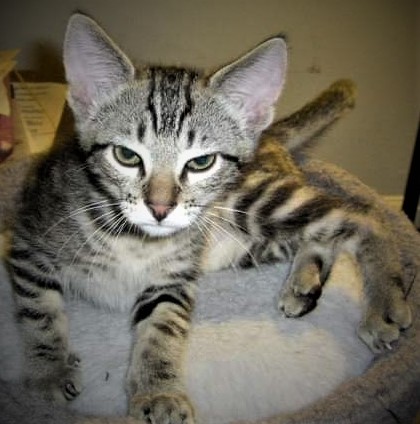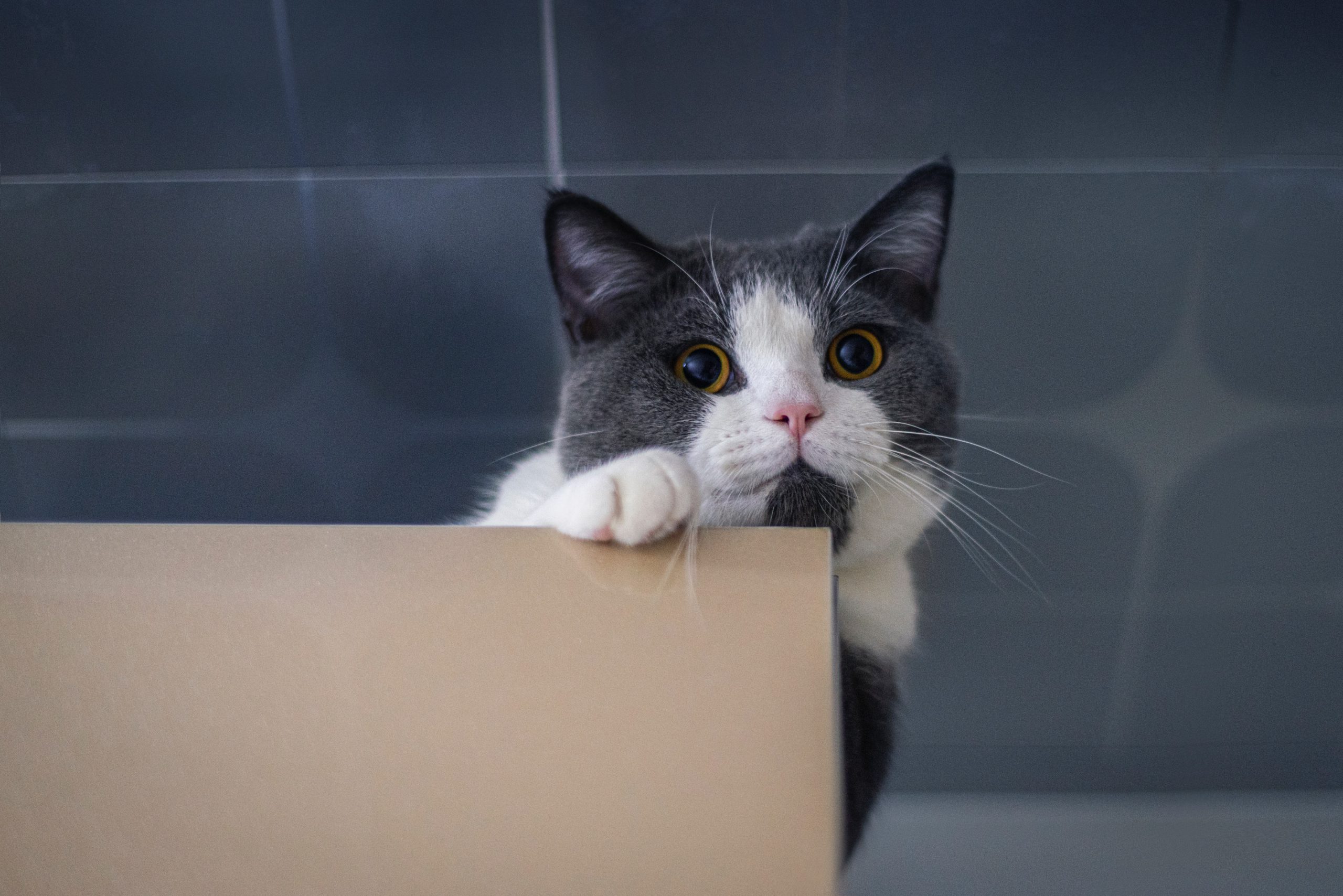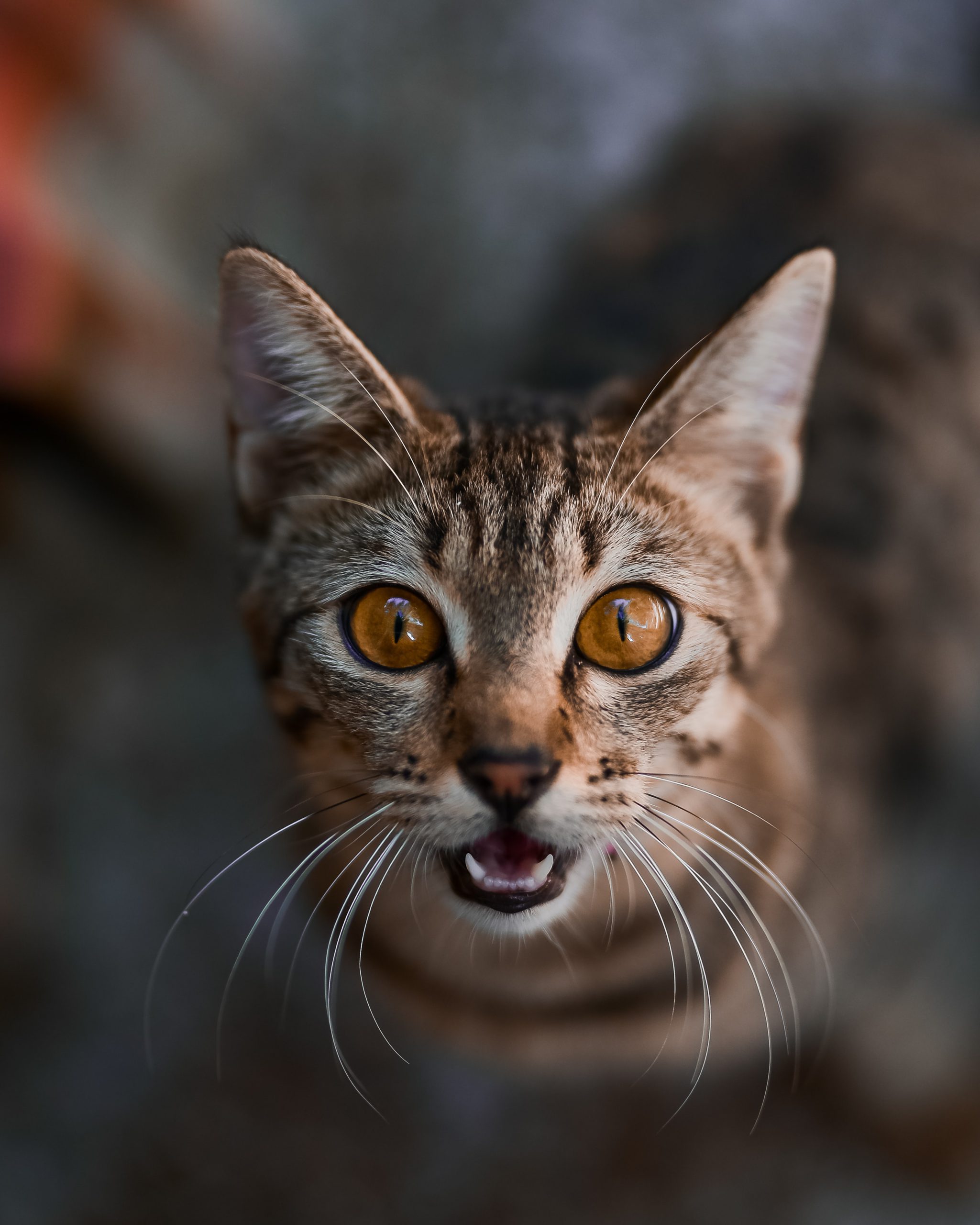Cats and kittens are easy to care for and relatively inexpensive to care for. However, once you know the basics of feeding, litter boxes, grooming, general health, and safety, it is easier to care for your new family member. So, here is the top practical advice and things to consider when bringing a new kitten home.
If you are a new cat or kitten owner or are bringing a new kitten home, you may have many queries about caring for your new feline friend. As you may already know, cats can do many things like they often do fun. They are playful, free, loving, curious, intelligent, and entertaining. Because you need information about cat care, your pet is lucky to have a caregiver.
We’ll start with the tip that your cat loves and is the most important in feline care and management.
Here are the Ten best first-time kitten owner tips:
Tip 1: Assist Your Kitten in Feeling Safe
Since your cat can be nervous at first, make your home as inviting as possible. If your cat is anxious and hides from you, that’s perfectly natural. Cats dislike change in general, so it can take some time for her to adjust to all of the different smells and sounds in your home.
You can assist your cat by providing her with her room or space to escape and feel secure. Put a soft bed in there for her to curl up in. Some cats may prefer an enclosed bed to hide when they are stressed. Add a pair of catnip toys and a fuzzy blanket to the mix.
Tip 2: Pay a visit to the veterinarian
Find a good veterinarian for your pet, make an appointment for a checkup, and make sure his vaccinations are up to date. It is very important to make sure you microchip your new family member as well. The cost of spay , neuter and microchipping is usually included in the cost of adoption at local shelters. It is imperative REGISTER YOUR KITTENS MICROCHIP NUMBER ON THE NATIONAL DATABASE. If your new cat escapes, keep the microchip number and a picture of him on your computer or another safe place.
Tip 3: Feed your cat healthy and balanced food:
Your food choices have an enormous impact on your cat’s overall health, so you’ll want to make sure you’re feeding him or her some nutritious food.
If you know the cat food brand that your cat is eating previously before adopting it, you must give a small amount of the same food to your cat to be maintained / on a regular diet. Then, gradually change the food to a new diet. It requires a minor adjustment and a gradual transition, preventing stomach upset.
Kittens (cats under one year old) should eat a kitten formula because they are still growing and need a high-calorie diet.
If your cat possesses a significant health problem or is overweight, underweight, or senior, it is best to seek help from your veterinarian and let him choose the right food. For example, if your cat needs to drop some weight, it needs to do so slowly for health reasons.
On average, for a healthy cat or kitten, these types of food found in the grocery store or pet store.
Canned food
Most cats love to eat canned food, also known as ‘wet food.’ This type of food provides high water levels and extra hydration when the cat is used to it.
Canned food comes in various textures and tastes, such as chunks, slices, chunks in gravy, patties, or minced pieces. Some cats have specific preferences others will eat anything.
Dry food
Some people prefer to give dry food or wet and dry food mixture to cats. Like canned food, read the ingredients label and find brands in the first few ingredients with meat. Try to avoid by-products, fillers, and artificial flavours.
Only buy a small new bag unless you’re sure your cat likes it.
How much should I feed my cat?
It depends on the weight and activity level of your cat. Either follow the recommended dose given on the food packaging or consult your doctor.
Kittens (up to year) need high caloric diet to match their active nature.
Tip 4: Choose water bowls and food dishes:
Stainless steel dishes and bowls are ideal for food and water. Unlike plastics, they are odourless and easy to clean. Having more than one dish and cup is a good idea, so you always have a clean handkerchief available to clean the bowl and plates.
Food Dishes:
Cat dishes are best for feeding because they are shallow, making it easy for cats to eat food. Use a dish where the rubber ring is present around their base, so the dish is not pushed around the floor when the cat eats.
Cups of water:
Keep the water bowl in a place where your cat can reach at any time. Cats love fresh drinking water, so change the water at least once a day and wash the cup with warm, mild water at least a few times a week.
To encourage more water use, place the water bowl in two places.
Tip 5: Have a litter box
Here are some things to know about litter boxes and accessories:

Litter Box
You will need at least one litter box for each cat. Covered containers can trap odor, and for some cats, it’s not comfortable, so avoid it.
Whatever box you choose, make sure it is large enough. Small boxes are suitable for kittens, but cats over 10 or 11 pounds can not get in a tiny package. Choose an extra-large if needed.
Box scooping
Scope once or twice a day to keep the box clean for your lovely cat. About once a week, change all the litter and wash the container with dish detergent and warm water or use a disposable litter box.
I have been using Kitty Poo disposable litter box delivery for several years now. It is so convenient and recyclable as well ! You can read my review here.
It can be irritating but check for abnormalities in their feces or urine (such as worms, mucus, or blood). Also, note if there is diarrhea, hard stools, or stool quantity more or less than usual. If you notice something abnormal, call your veterinarian and make an appointment.
Tip 6: Brush your cat
Brushing is painless and does not take much time. Most cats enjoy cleaning because it gives them comfort. In addition, regular brushing removes dead hair, dirt and keeps the skin healthy.
How often to brush?
Short or medium-haired breeds should be cleaned once a week. Like Persian or Ragdoll, long-haired hair should be washed two or three times a week.
Brush type
A regular bristle brush works best for most cats. However, if your pet sheds a lot, you can also use a metal bristle brush to remove more hair. If you are in a good pet store and are unsure what type of brush to take, ask the staff to recommend it.
How to prevent mats:
Mats are rough clumps of fur that form if the coat is not cleaned enough. As the weather warms up, the shedding increases, so it is essential to brush to remove dead hair and avoid mats.
Mats can form any cats’ hair size, but they are more familiar with medium to long-haired breeds.
Once they are formed, they are challenging to compete with. You will need a professional groomer or doctor to remove them.
Tip 7: Bathe your cats
Most cats do a great job of keeping themselves clean. Unless they are dirty from going out or getting old and not cleaning themselves properly, two or three baths a year is usually enough.
Here are some tips for taking a bath:
- Use a mild shampoo designed for cats and avoid taking soap or water anywhere near their eyes or ears.
- Avoid flea treatment shampoo (unless your doctor recommends it) because many cats have been affected by certain flea-specific shampoos.
- After bathing, use a towel to dry it thoroughly, then keep it warm somewhere until it dries.
- Once the coat is completely dry, a good brush will make it fluffy and beautiful.
Tip 8: Keep your cat’s claws trimmed
You will need a small pair of cat scissors to trim your cat’s claws. Trimming is essential if the claws are long, sharp, broken, or flaky. When claws are significant or not trimmed enough, your cat may snatch your clothing or furniture.
- Trimming claws two times per month is usually enough
- The front claws of cats typically grow faster than the back
- Make sure to use sharp scissors. Once they are dull, they tear their claws instead of trimming, which is painful for cats.
Tip 9: Give your cat a place for the nap
Most cats usually sleep a lot during the day, giving themselves a comfortable place to rest. It could be a comfy cat bed or a soft blanket of its own.
Some cats prefer the sun and warm spots to sleep. Others want to hide in a dark and private place. Consider where your pet often sleeps and make a bed in that area.
Tip 10: Give them Treats
Our furry friend love treats us as much as we do. Here are some of their favourites:
Cat treats:
It’s a good idea to have a treats bag around to reward your cat. Buy treats from where you buy food. There are many flavours to choose from: fish, beef, chicken, cheese, tartar control, salmon, and even catnip.
Cat grass:
Many cats like fresh cat grass. It can be found at some pet or health food stores, or you can buy a kit and grow it yourself. It only takes some days to grow, and your pet is happy to enjoy it.
Conclusion
Cats are lovely creatures. They are adorable and playful. But, we all know cats are obligate carnivores. So, their primary diet must be made up of meat. Cooked beef, chicken, turkey, and small amounts of lean deli meats are a great way to give them that. However, raw or spoiled meat could make your cat sick. As a kitty owner, it is your responsibility to keep your cat healthy and fit by providing the best quality food and nutrition when you bring your new cat home. You can do this easily by following our above mentioned practical advice for a kitten.







